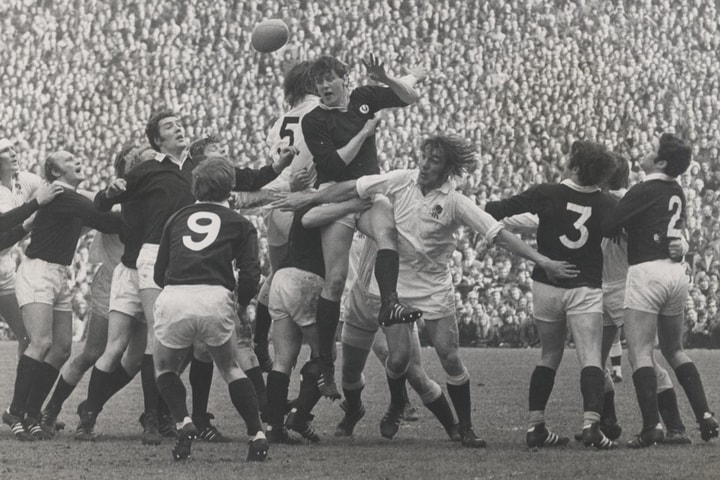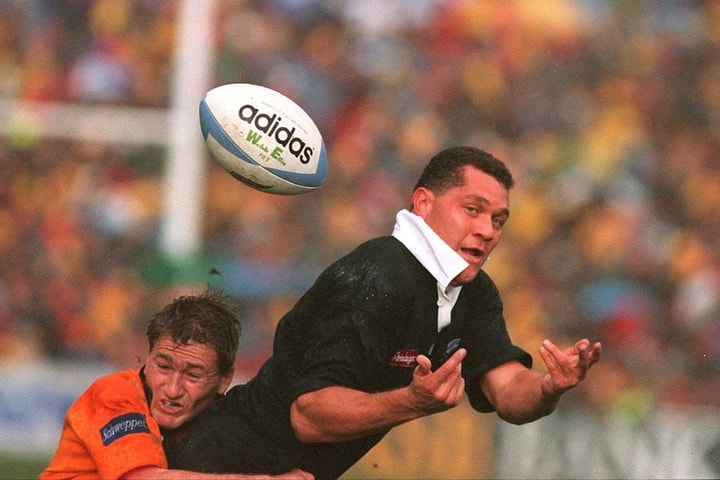Perhaps offering some hope to modern day Italy fans, it would
take France almost 50 years to win the Five Nations Championship
outright, in 1959. However, their first taste of success came in
just their second season. Their opening match of the 1911 season
was at home to Scotland at the Stade Colombes in Paris.
At the time the SRU did not award caps for matches against
France, regarding the fixture as something of a training match
ahead of stiffer fixtures. However, they were in for a shock.
Despite accidentally leaving their star player Charles Vareilles at
Melun Station (he had hopped off the train for a sandwich), France
put in a strong showing in front of home support at Stade
Colombes.
A try by scrum-half Guillaume Laterrade cancelled out an early
Scottish try, before Paul Descamps' conversion gave France the
lead. Further tries from Pierre Failliot and fly-half Georges
Peyroutou stretched the French lead to 11-3, before Scotland
commenced their comeback.
A converted try and dropped goal either side of half-time
restored Scotland's lead 12-11 but France were not done. Wing
Faillot went over again and Descamps converted to give France a
16-12 lead, triggering riotous acclaim among French supporters.
Scotland came back again with a try by Cecil Abercrombie, but
full back Borth Todd missed the conversion that would have given
them the lead. In the final minute Scotland knocked-on from a try
scoring position and France held on for their first test victory,
16-15.
It was a result that electrified French rugby and from then on,
the Scotland match, was one of the most anticipated contests on the
French sporting calendar. This is referenced on the cover of 'Le
Petit Journal' 11 years later, which refers to the contest as
perhaps the most popular test.







